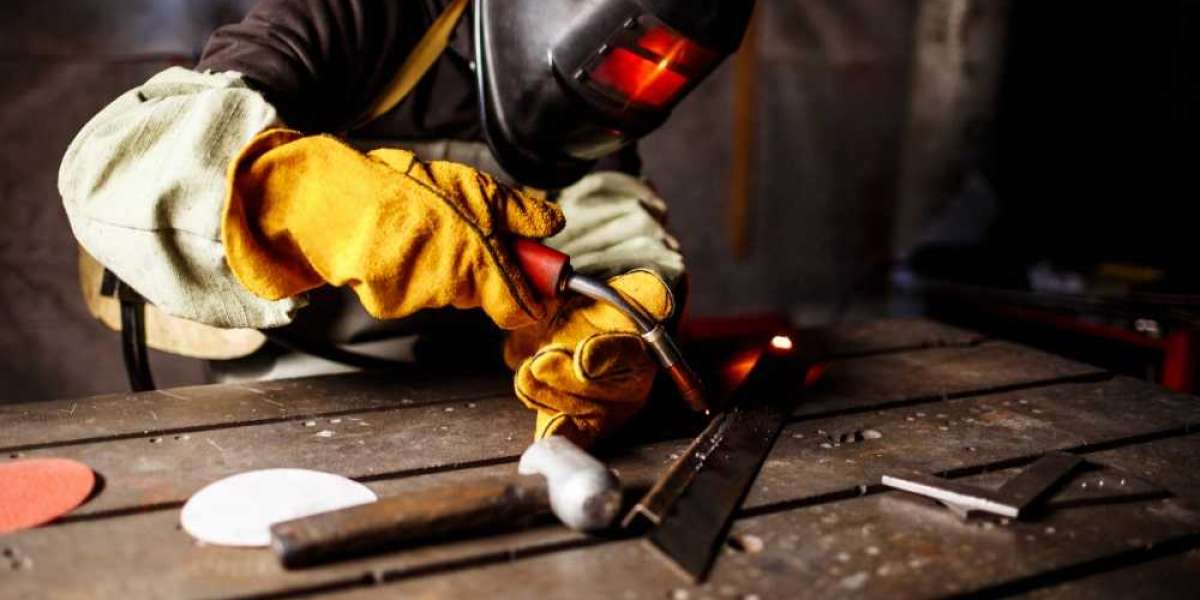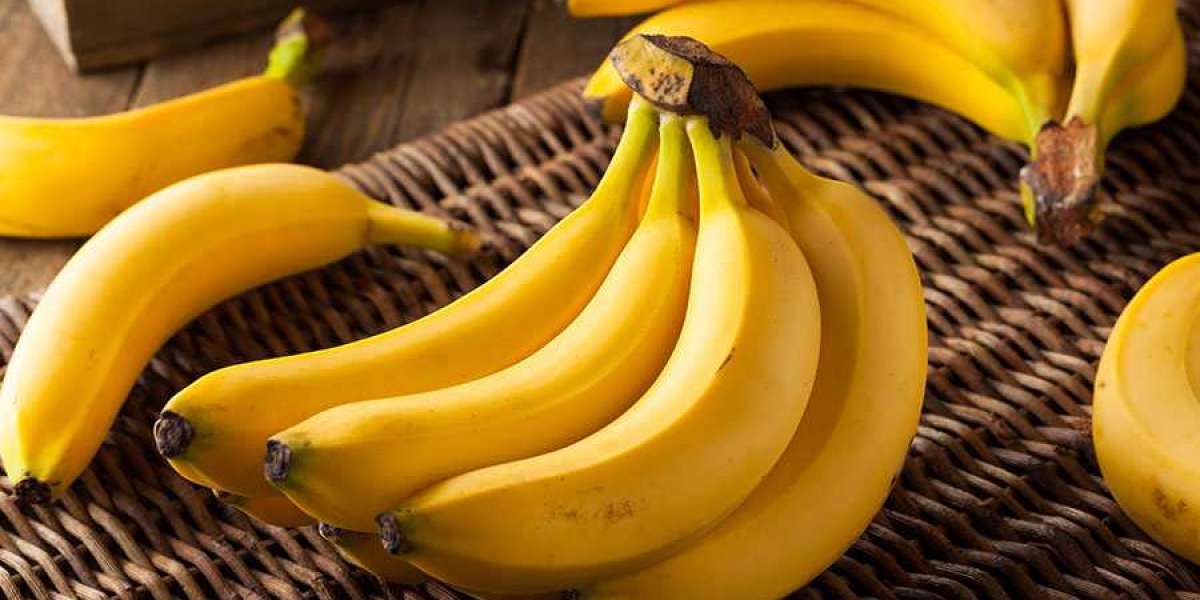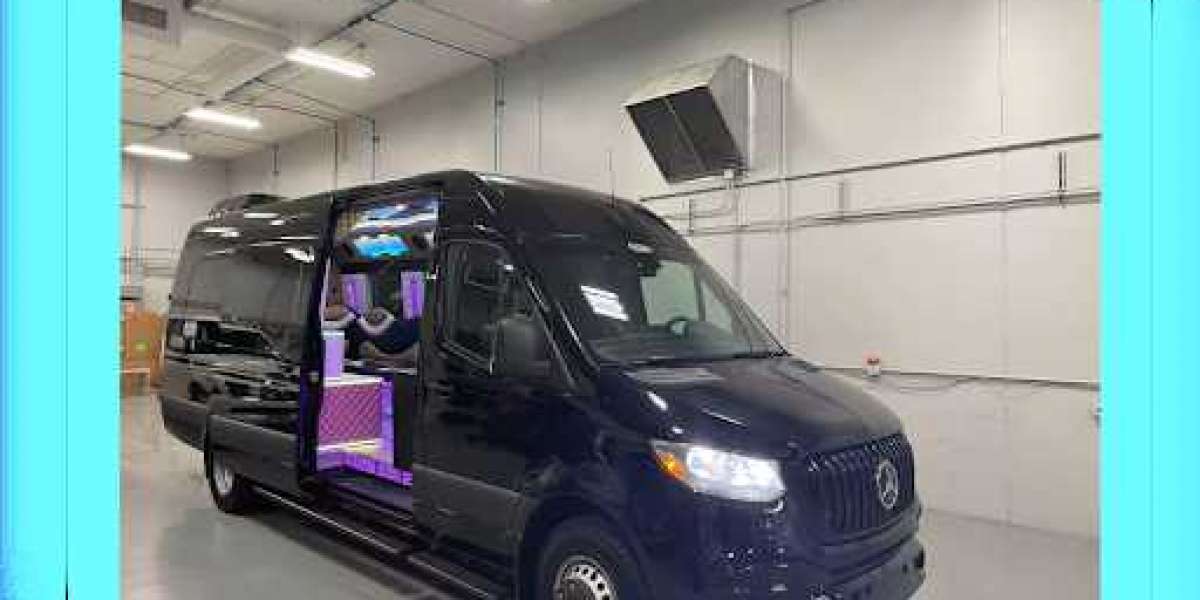Introduction:
Stick welding, also known as Shielded Metal Arc Welding (SMAW), remains one of the most versatile and widely used welding processes across industries. Its simplicity and effectiveness make it indispensable for welding enthusiasts, hobbyists, and professionals alike. At the heart of stick welding lies the electrode, a critical component that directly impacts the quality and strength of welds. In this comprehensive guide, we'll delve into the intricacies of Stick Welding Electrodes, exploring their types, characteristics, and how to optimize their use for flawless welds.
Understanding Stick Welding SMAW Electrodes:
Stick welding electrodes are consumable rods coated with flux, which creates a protective gas shield around the weld pool, preventing atmospheric contamination. These electrodes come in various compositions and classifications, each tailored for specific welding applications. The American Welding Society (AWS) categorizes electrodes based on their mechanical properties, welding positions, and intended base materials.
Types of Stick Welding SMAW Electrodes:
Coating Composition:
Cellulose Electrodes: Recognized for deep penetration and high deposition rates, cellulose electrodes are ideal for welding thick materials in vertical and overhead positions. They produce a stable arc and are commonly used in construction and pipeline welding.
Rutile Electrodes: Rutile electrodes offer smooth arc characteristics and easy slag removal, making them suitable for welding in all positions. They provide good mechanical properties and are often chosen for general fabrication and repair work.
Basic Electrodes: Basic electrodes are known for their high strength and resistance to cracking, making them well-suited for welding high-stress applications such as structural steel and heavy machinery components.
Classification:
AWS Classification: Electrodes are labeled with an AWS classification code consisting of four or five alphanumeric characters. For example, E6013 indicates a rutile electrode suitable for all positions with a minimum tensile strength of 60,000 psi.
Diameter and Length: Electrodes are available in various diameters and lengths, allowing welders to choose the appropriate size based on the thickness of the base material and welding parameters.
Optimizing Stick Welding SMAW Electrodes:
Electrode Selection:
Assess Welding Requirements: Consider the material type, thickness, and desired weld characteristics when selecting an electrode. Consult AWS guidelines and manufacturer recommendations for electrode selection based on specific welding scenarios.
Evaluate Welding Position: Different electrodes perform better in specific welding positions. For vertical and overhead welding, cellulose electrodes with deep penetration capabilities are preferable, while rutile electrodes offer versatility for welding in various positions.
Consider Base Material Compatibility: Ensure the electrode composition matches the base material to achieve optimal weld quality and mechanical properties. Basic electrodes are commonly used for welding low alloy steels, while rutile electrodes are suitable for mild steel and low carbon applications.
Preparation and Setup:
Clean Base Metal: Remove any rust, paint, or contaminants from the base metal using a wire brush or grinder. Cleanliness is crucial for achieving strong welds and preventing defects.
Set Proper Amperage: Adjust the welding machine to the recommended amperage range for the selected electrode diameter and welding position. Proper amperage ensures stable arc initiation and penetration depth.
Secure Workpiece: Clamp or secure the workpiece in the desired position to prevent movement during welding. Proper alignment and fit-up contribute to weld accuracy and consistency.
Technique and Execution:
Arc Initiation: Strike the arc by tapping the electrode against the workpiece at a slight angle, then quickly withdraw to establish a stable arc. Maintain a consistent arc length to prevent stubbing or sticking of the electrode.
Travel Speed and Angle: Control the travel speed and electrode angle to achieve proper weld bead shape and penetration. Experiment with different techniques to find the optimal balance between deposition rate and bead appearance.
Slag Removal: Allow the weld to cool briefly before chipping off the slag with a hammer or wire brush. Clean welds facilitate visual inspection and reduce the risk of defects.
Conclusion:
Stick welding with SMAW electrodes offers unparalleled versatility and reliability for a wide range of welding applications. By understanding the characteristics of different electrodes and employing proper technique and preparation, welders can consistently produce high-quality welds with superior strength and durability. Whether you're a novice or seasoned professional, mastering stick welding techniques is a valuable skill that opens doors to endless opportunities in the world of fabrication and construction. So, grab your electrodes, ignite the arc, and embark on a journey of welding excellence.



